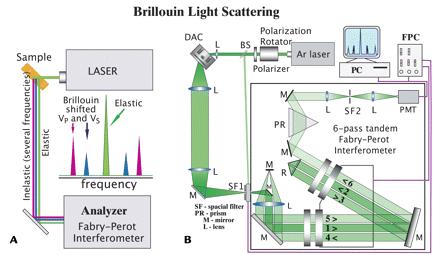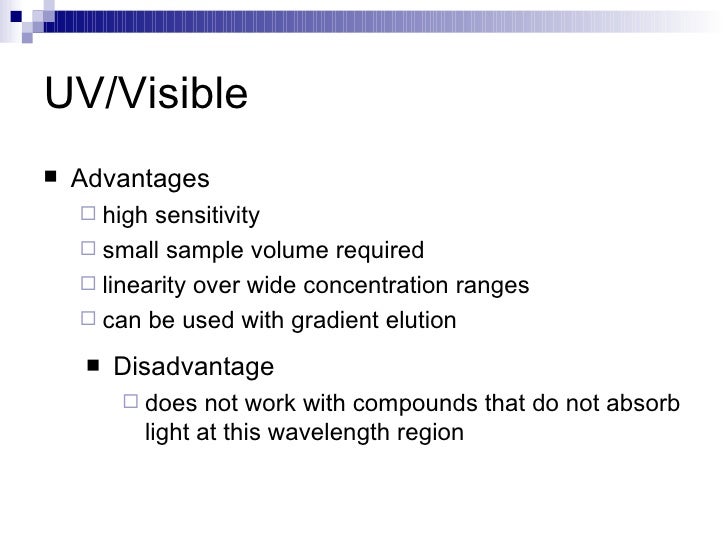
The C-F bond is the strongest single bond known in organic chemistry. Perfluoroalkanes are molecules in which all hydrogen atoms of the corresponding hydrocarbons are replaced by fluorine. The funder had no role in study design, data collection and analysis, decision to publish, or preparation of the manuscript.Ĭompeting interests: The authors have declared that no competing interests exist. This is an open access article distributed under the terms of the Creative Commons Attribution License, which permits unrestricted use, distribution, and reproduction in any medium, provided the original author and source are creditedĭata Availability: All relevant data are within the paper.įunding: This work was supported by the German Research Foundation (DFG) by grants SCHU800/8-1 and SCHU800/8-2 ( ). Received: ApAccepted: Published: June 22, 2015Ĭopyright: © 2015 Grapentin et al. PLoS ONE 10(6):Įditor: Vipul Bansal, RMIT University, AUSTRALIA The study is one further step in the development of analytical tools for the evaluation of a clinically applicable perfluorooctylbromide nanoemulsion.Ĭitation: Grapentin C, Barnert S, Schubert R (2015) Monitoring the Stability of Perfluorocarbon Nanoemulsions by Cryo-TEM Image Analysis and Dynamic Light Scattering. The combination with Cryo-TEM images gives more insight in the particulate evolution, both techniques supporting one another. The results indicate that DLS alone cannot reveal the changes in particle size, but can even mislead to a positive estimation of stability. Four nanoemulsions of different composition are observed for one year. Our study uses a second method, analysis of transmission electron microscopy images of cryo-fixed samples (Cryo-TEM), to evaluate stability of PFC-NE in comparison to DLS. Usually dynamic light scattering (DLS) is applied as the standard method for determining particle sizes in the nanometer range. The translation to clinical trials in human needs the development of a stable nanoemulsion whose droplet size is well characterized over a long storage time.

This technique has proven feasibility in numerous disease models in mice, rabbits and mini pigs. Neutrophils, monocytes and macrophages phagocytize PFC-NE and subsequently migrate to inflamed tissues.

19F is scarce in organisms and thus PFC-NE are a promising tool for highly specific and non-invasive imaging of inflammation via 19F MRI. Originally investigated as oxygen carriers for cases of severe blood loss, their application nowadays is more focused on using them as marker agents in 19F Magnetic Resonance Imaging ( 19F MRI). The manufacture of PFC-NE can be done in large scales by means of high pressure homogenization or microfluidization. Perfluorocarbons are chemically inert and non-toxic substances that are exhaled after in vivo administration. Perfluorocarbon nanoemulsions (PFC-NE) are disperse systems consisting of nanoscale liquid perfluorocarbon droplets stabilized by an emulsifier, usually phospholipids.


 0 kommentar(er)
0 kommentar(er)
